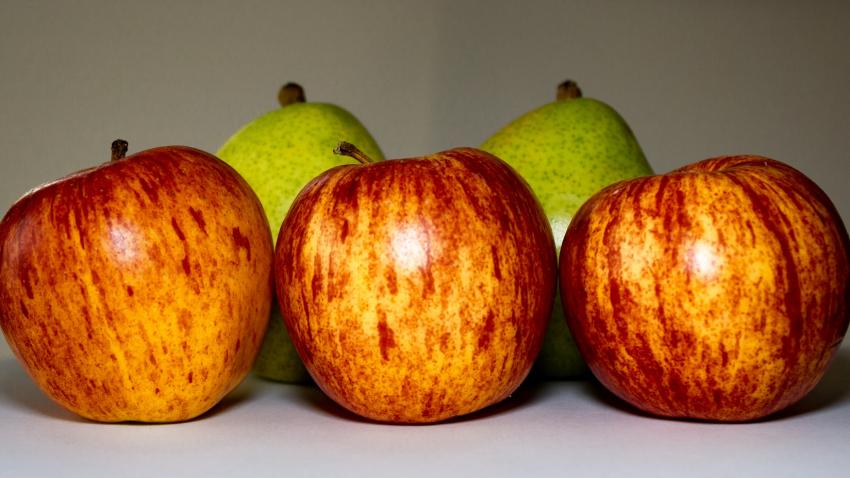You are here
Back to topDole Provides Insights Into China’s Pear Market

At the end of May, Asia Fruit Logistica hosted its China Business Meet Up at the Shanghai World Expo Exhibition and Convention Center. One of the speakers at the event was Andy Zhang, market representative for Asia at Dole plc, who provided insights into China’s pear industry and imported pear market.
China is the world’s biggest pear producer. In 2021, China produced 18.876 million metric tons of pears, accounting for 73.5% of the global total. Zhang noted that despite being the largest pear producer and consumer globally, China’s pear exports remain relatively low. In 2021, China exported approximately 510,000 metric tons of pears, less than 3% of that year’s total output. In 2022, exports further decreased to only 440,000 metric tons. By contrast, other major producers such as the Netherlands and Belgium typically export more than 90% of their pear harvest. Meanwhile, China’s pear imports do not rank in the global top 10. Vietnam, Indonesia, Russia and Brazil are net importers of pears, while Germany, Italy and the Netherlands primarily import pears from Southern Hemisphere countries.
In terms of cultivars, pear varieties from South Africa, Chile and Argentina — three key Southern Hemisphere producers — are similar. These are typically late-maturing varieties with a long supply window. They also have a long storage life, capable of being stored for up to six months at 1–3 degrees Celsius, thus extending their availability period to 10 months.
The most common varieties include Abate Fetel, which resembles the European Conference pear, offering a crisp texture when green and a delicate, juicy flesh when yellow. The Forelle variety features a bright red blush on its skin, reminiscent of the Xinjiang fragrant pear, and enjoys high acceptance among Chinese consumers. The Packham’s pear, when ripe, has yellow skin and a soft texture, making it particularly suitable for Western-style culinary processing.
Over the past six years, China’s pear imports have primarily originated from Belgium, with the Conference pear being the predominant variety. In 2023, there was a notable increase in imports from Chile and South Africa, although market acceptance remains a significant challenge. Zhang pointed out substantial differences between domestic and imported pear varieties: China’s domestic pears are crisp and juicy, whereas imported pears are mainly late-maturing varieties with a soft and delicate texture. A greater challenge stems from the inadequate emphasis placed by growers, exporters and importers worldwide on pears, which are often regarded as a niche fruit. Meanwhile, challenges related to cold chain logistics and preservation technologies need to be addressed within the global pear industry.
Following Zhang’s speech, Marc Evrard, commercial director of Belgische Fruitveiling, presented an overview of Belgian pear production and exports. Belgische Fruitveiling is one of Europe’s largest fruit exporters and the world’s largest supplier of Conference pears. The main pear varieties cultivated in Belgium include Conference, Doyenné du Comice and Durondeau, with Conference pears comprising 38% of total production.
While pear production in Europe has experienced fluctuations downward over the past decade, Belgium, as Europe’s largest pear producer, has observed a slight but steady increase in production. In 2023, Belgium’s pear production reached 412,000 metric tons, representing 23.6% of total European production. Evrard noted that Belgian Conference pears are slender in shape with green and bronze-colored skin that turns yellow when ripe. They possess a delicate texture and a sweet, juicy flavor. The harvesting season spans from mid-August to early September each year, with the recommended storage conditions of 1–3 degrees Celsius ensuring availability for up to 10 months.
Dole is a key partner of Belgische Fruitveiling on the Chinese market and the first importer to introduce Belgian Conference and Sweet Sensation pears to China. With growing exports from Southern Hemisphere countries to China, the Chinese imported pear market is becoming increasingly diverse and dynamic.
Image: Dole plc
This article was translated from Chinese. Read the original article.















Add new comment